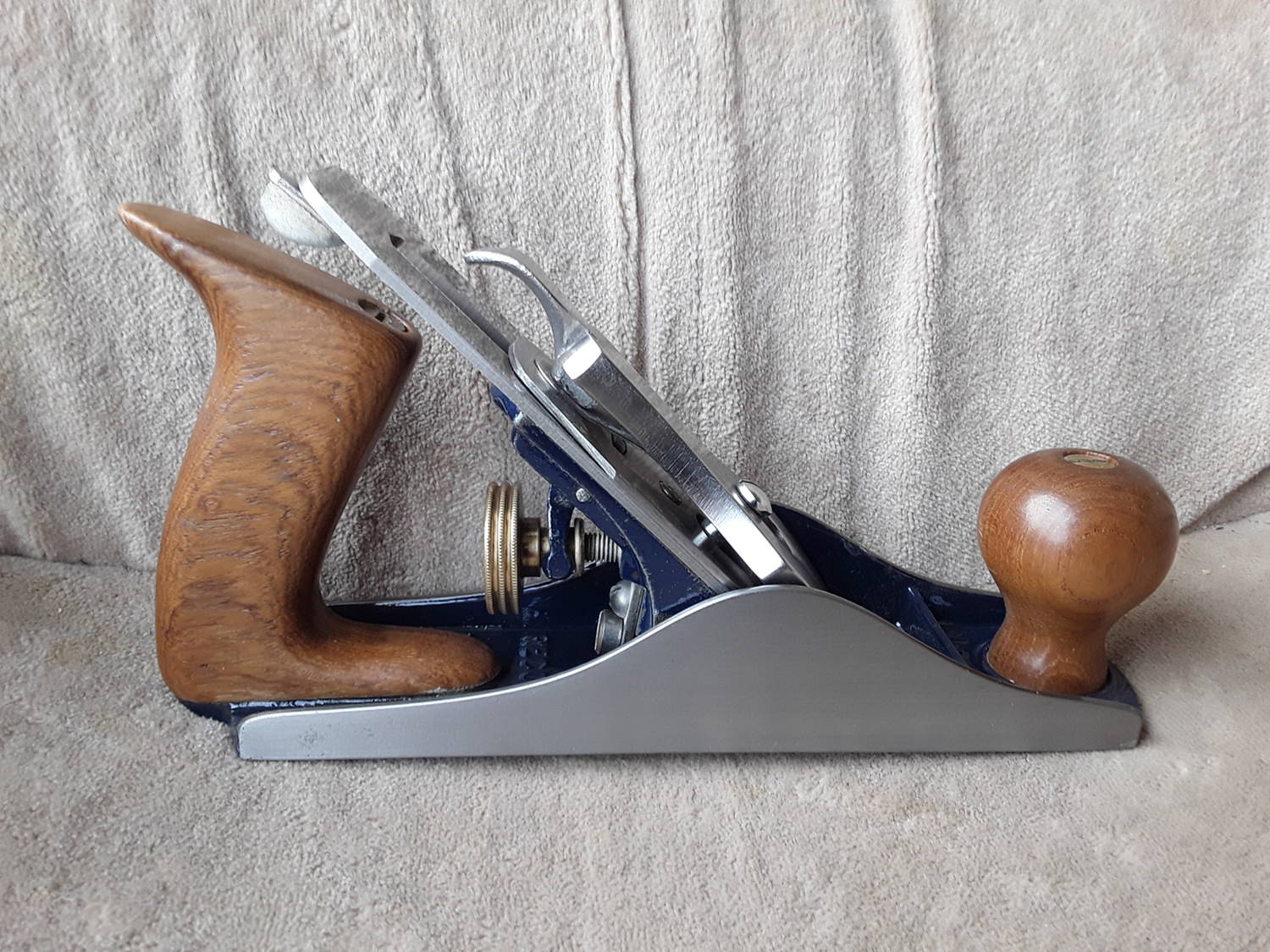I have recently been broadening my horizon, and find myself shaving with a kamisori razor, and getting into woodworking. Both of these takes alot of sharpening, and I found a local supplier selling Lie Nielsen planes, and Toishi Ohishi waterstones. Lie Nielsen is considered amount the best planes money can buy, and they recommend Toishi Ohishi for all their tools. I'm in Norway, and a huge cost for me is shipping and customs, so a 100$ sharpeningstone can almost double in cost by the time it reaches me.
So, getting these stones locally, seems like a very good deal. They seem to be well known with woodworker, for sharpening chisels and planes, and I also see they are used for razors. I dont know these at all, but I was hopeing someone here could tell me something about these. I would like something that can be used for all my sharpening needs, knives, tools and razors.
So, have anyone heard of these stones, and would care to share their opinion on them?
So, getting these stones locally, seems like a very good deal. They seem to be well known with woodworker, for sharpening chisels and planes, and I also see they are used for razors. I dont know these at all, but I was hopeing someone here could tell me something about these. I would like something that can be used for all my sharpening needs, knives, tools and razors.
So, have anyone heard of these stones, and would care to share their opinion on them?





